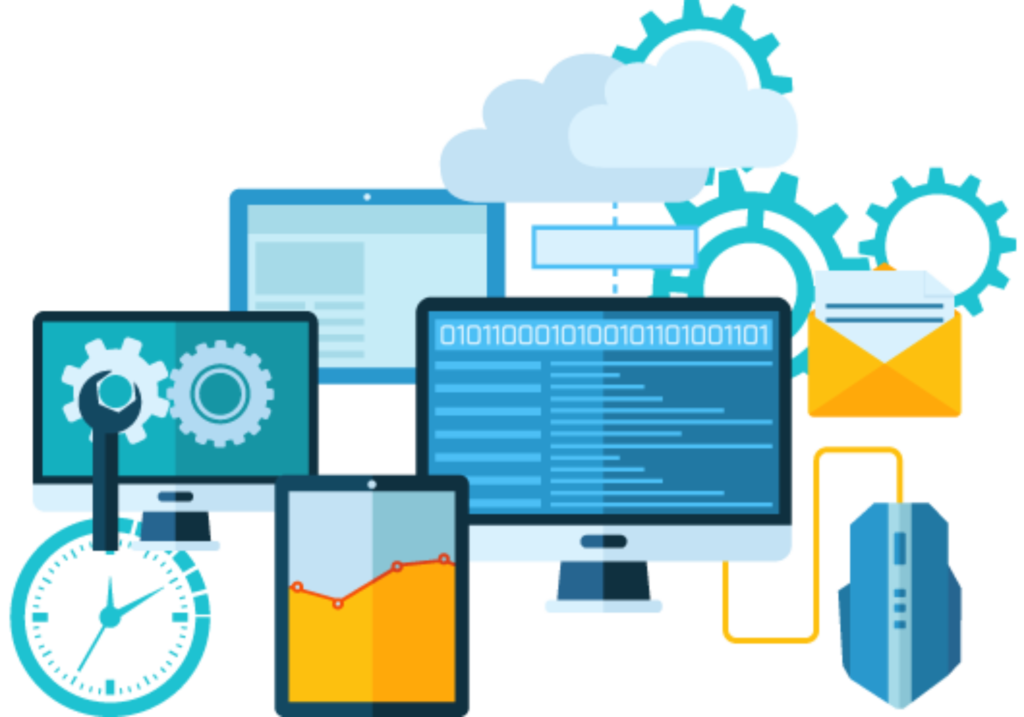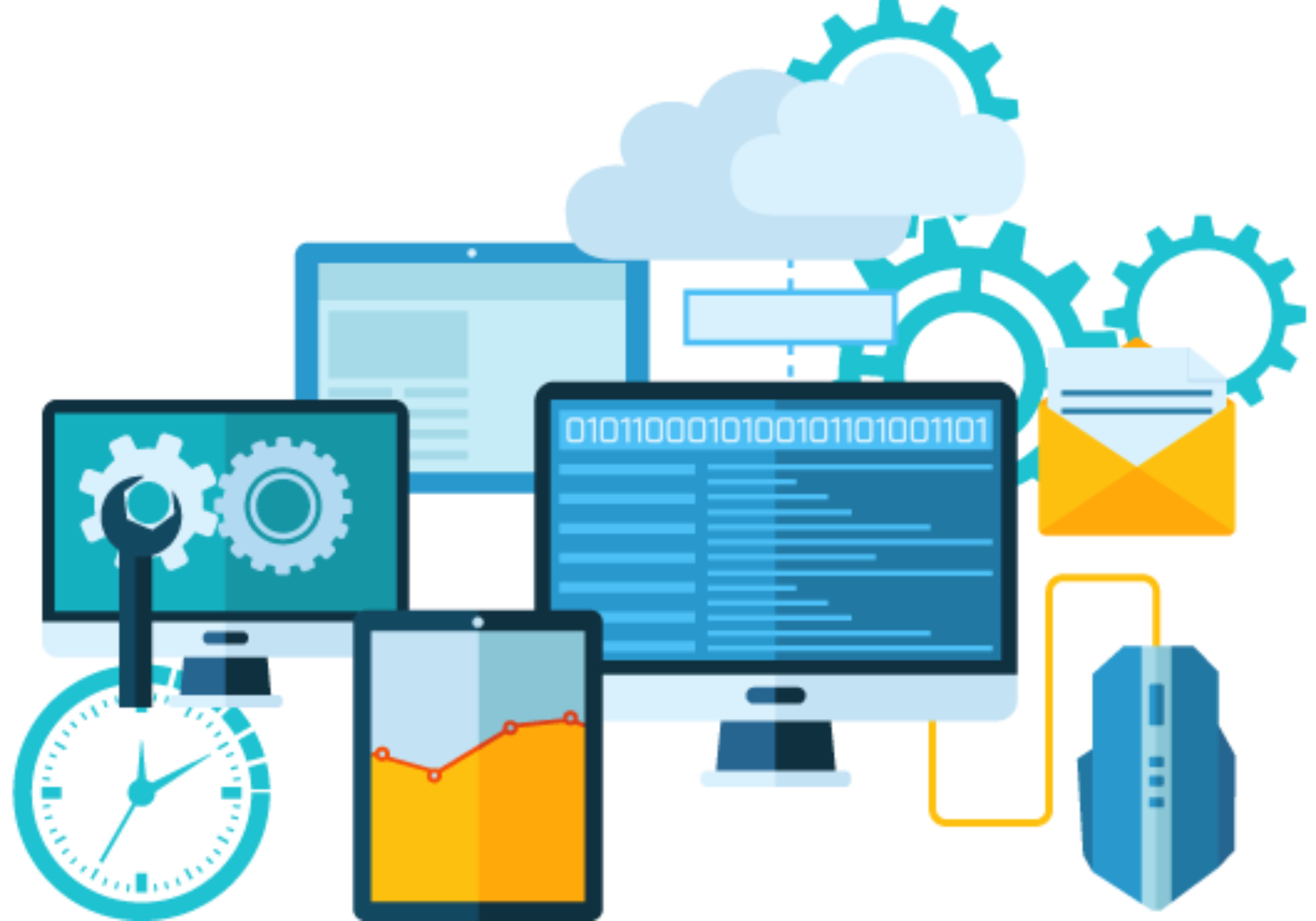As we move into 2025, the technology landscape continues to evolve at a rapid pace. Staying ahead of the curve is crucial for businesses and individuals alike. Here are the top 10 strategic technology trends that are set to shape the future:

1. Agentic AI
Agentic AI refers to autonomous AI systems that can plan and take actions to achieve user-defined goals. This technology promises a virtual workforce that can offload and augment human work, increasing productivity and efficiency.
2. AI Governance Platforms
With the rise of AI, governance platforms are becoming essential. These platforms help organizations manage the legal, ethical, and operational performance of their AI systems, ensuring responsible and transparent use.
3. Disinformation Security
Disinformation security is an emerging technology aimed at systematically discerning trust. It helps in validating identity, preventing account takeovers, and protecting brand reputation by identifying harmful narratives.
4. Quantum Computing
Quantum computing is set to revolutionize industries by solving complex problems that are beyond the capabilities of classical computers. This technology will have significant implications for cryptography, material science, and artificial intelligence.
5. Edge Computing
Edge computing brings computation and data storage closer to the location where it is needed, improving response times and saving bandwidth. This trend is particularly important for IoT devices and real-time applications.
6. 5G and Beyond
The rollout of 5G networks continues to expand, offering faster speeds and more reliable connections. This technology will enable new applications in areas such as autonomous vehicles, smart cities, and augmented reality.
7. Cybersecurity Mesh
Cybersecurity mesh is a flexible and scalable approach to protecting digital assets. It allows for the security perimeter to be defined around the identity of a person or thing, rather than the traditional approach of securing a single location.
8. Hyperautomation
Hyperautomation involves the use of advanced technologies like AI and machine learning to automate processes and tasks that were previously performed by humans. This trend aims to increase efficiency and reduce operational costs.
9. Digital Twins
Digital twins are virtual replicas of physical objects or systems. They are used to simulate, predict, and optimize performance in real-time, providing valuable insights for industries such as manufacturing, healthcare, and urban planning.
10. Human Augmentation
Human augmentation refers to technologies that enhance human capabilities. This includes wearable devices, exoskeletons, and brain-computer interfaces, which can improve physical and cognitive abilities.
Conclusion
These strategic technology trends for 2025 highlight the ongoing advancements and innovations that are set to transform various industries. By staying informed and adapting to these trends, businesses and individuals can position themselves for success in the ever-evolving digital landscape.



